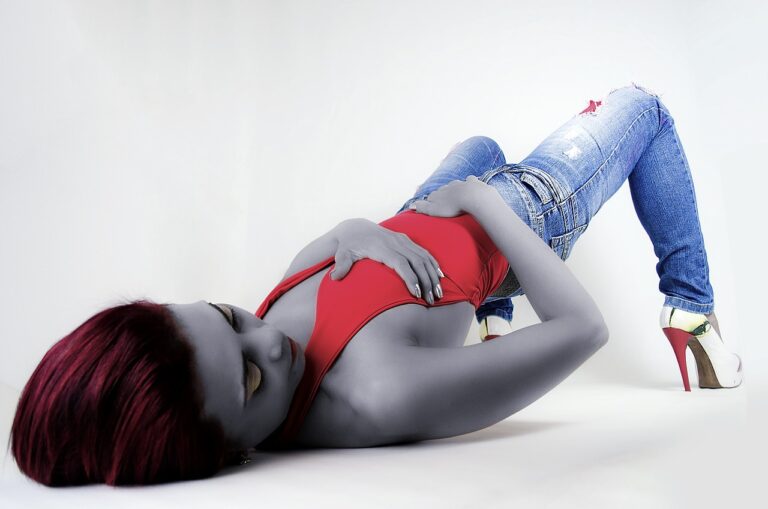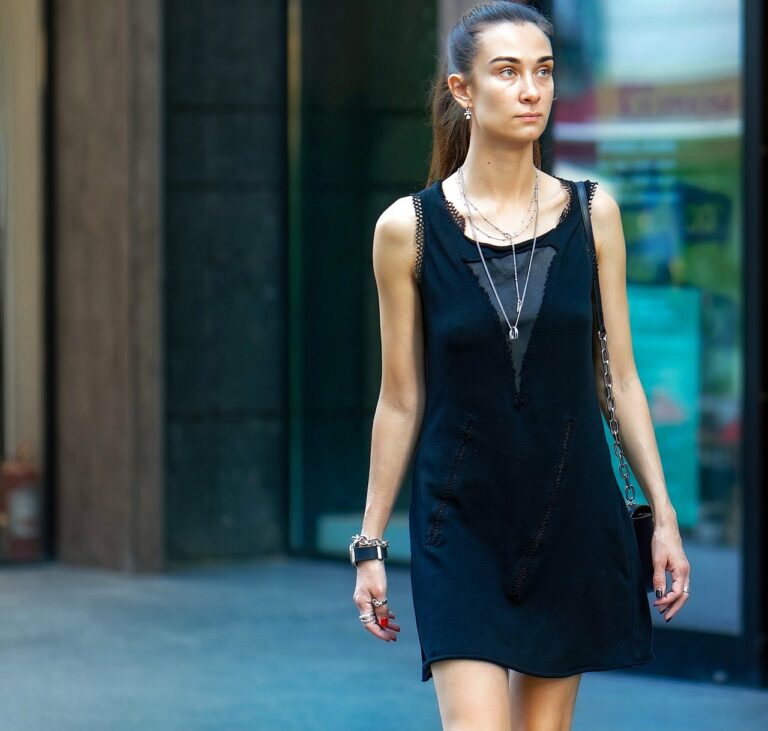The Influence of Haute Couture on Ready-to-Wear Fashion
Haute Couture, a term derived from French meaning “high sewing” or “high dressmaking,” originated in Paris in the mid-19th century. Its roots lie in the work of British designer Charles Frederick Worth, who established the first haute couture house in 1858. Worth’s approach transformed the fashion industry by introducing individual fitting sessions with clients and creating exclusive, custom-made garments tailored to their exact measurements. This marked a shift from the standardized sizes prevalent at the time, elevating the art of dressmaking to a bespoke and luxurious experience for the elite class.
The concept of haute couture quickly gained traction among the fashionable elite, with prominent French designers such as Paul Poiret, Jeanne Lanvin, and Coco Chanel making significant contributions to its development. These designers not only revolutionized the way garments were created but also set the stage for the global recognition of Paris as the fashion capital of the world. Haute couture became synonymous with exquisite craftsmanship, attention to detail, and innovation, setting the standard for luxury fashion that continues to influence modern design trends.
The Evolution of Ready-to-Wear Fashion
Ready-to-wear fashion emerged as a response to the growing demand for trendy clothing that was readily available to the masses. Instead of being solely custom-made for individual clients, this new approach allowed clothing to be produced in standardized sizes, making it more accessible and affordable for the general public. With the rise of industrialization in the 19th century, ready-to-wear fashion became increasingly popular, marking a significant shift in the way people consumed clothing.
The development of new technologies and manufacturing processes further accelerated the evolution of ready-to-wear fashion. Mass production techniques enabled clothing to be produced quickly and in large quantities, catering to the needs of a rapidly expanding consumer base. This shift towards ready-to-wear fashion not only democratized access to trendy clothing but also revolutionized the fashion industry as a whole, laying the foundation for the modern garment production and retail systems we see today.
What is haute couture?
Haute couture refers to high-end, custom-made clothing that is created for individual clients. It is known for its high quality materials, meticulous craftsmanship, and intricate designs.
How did ready-to-wear fashion come about?
Ready-to-wear fashion emerged as a response to the growing demand for more affordable and accessible clothing options. It allowed for mass production of clothing in standard sizes, making fashion more accessible to the general public.
What are some key differences between haute couture and ready-to-wear fashion?
Haute couture is made-to-measure, highly exclusive, and often handcrafted, while ready-to-wear fashion is produced in standard sizes, available for immediate purchase, and is more affordable.
How has ready-to-wear fashion evolved over time?
Ready-to-wear fashion has evolved to incorporate trends from haute couture, becoming more versatile, accessible, and reflective of changing societal norms and attitudes towards fashion.
Are there any famous designers known for their contributions to ready-to-wear fashion?
Yes, there are several notable designers who have made significant contributions to ready-to-wear fashion, including Coco Chanel, Yves Saint Laurent, and Giorgio Armani.





